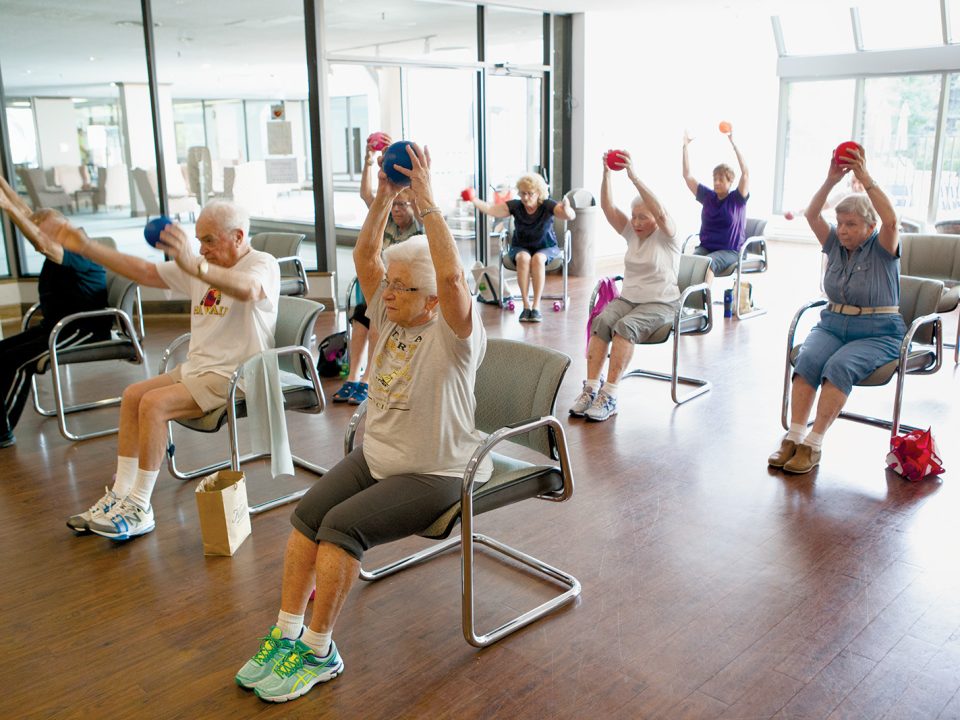
More support sought to provide dogs to those living with dementia
October 7, 2017
Longevity and loneliness biggest risks for older Australian women
October 13, 2017Concerns held for sustainability of Australia’s aged care system

Providers and peak bodies have raised concerns over the future of aged care in Australia and have made calls for greater planning and more conversation for the in-demand sector’s financial sustainability.
The need to plan for the sector’s future comes from the projected increase of older Australians over the coming years, which is expected to see the number of those aged over 65 double between now and 2050.
Given the upcoming increase in older persons, Aged and Community Services Australia (ACSA) Chief Executive Officer (CEO) Pat Sparrow has pushed the need to address what she is calling ‘politically uncomfortable’ questions about the sort of aged care society expects to be provided, and how we can afford that care into the future.
“The government, that is taxpayers, will need to significantly increase its outlay on aged care in coming decades to meet this demographic challenge head-on,” she says.
“Asking the hard questions like what can and should be funded by the taxpayer, and what should be funded by the individual is part of moving that discussion forward.”
When determining how much Government funds and how much the individual pays, Ms Sparrow asks how we can take account of the largest asset most Australians own – their home.
The use of home ownership in means-testing aged care recipients has also been highlighted by aged care provider Benetas who, while welcoming the Legislated Review into Aged Care 2017 report, has shared their disappointment in the Government’s ‘quick refusal’ of recommendations specifically regarding the removal of the annual and lifetime caps on means-tested fees and including the full value of an older person’s home in the means test for residential care. Which Benetas CEO Sandra Hills says could have significant impact on the sustainability of the sector.
She adds that while the organisation understands these are complex issues, more discussion is required concerning how the aged care system would be adequately funded to ensure increasing need is met.
“As a sector, our priority needs to be on ensuring we can appropriately support older Australians now and well into the future,” Ms Hills says.
“This means looking at initiatives to ensure the financial sustainability of the sector and how it is funded.
“We encourage Government to revisit their thinking around this, particularly with regard to the family home and caps on income and means-tested user contributions.”
Benetas has also encouraged Government to adopt a recommendation made by Aged Care Financing Authority (ACFA) and discussed in the Tune Review report around amending the administration of the resident ratio, which was 40 percent supported, to apply over the course of a month rather than a daily basis.
Leading Aged Services Australia (LASA) CEO Sean Rooney has also come out to say that the aged care system in Australia is a ‘growing and changing sector’ and adds that the aged care industry continues to work with government, consumer groups, and other stakeholders to ensure a safe, fair and sustainable system is developed into the future.
“A focus on clear, quality outcomes and innovation to drive new models of care, along with adequate and stable funding, and workforce development strategies, are among the highest priorities,” he says.
“The system we have is one that is overwhelmingly delivering the care that older Australians need and deserve.
“But it is also a system that recognises there are challenges and is committed to continuous improvement.”
Ms Sparrow says that she hopes recent media attention can aid in starting a constructive community dialogue about what is expected of aged care service providers and how it can be funded in a sustainable way into the future using both public and private funding.
“Starting a broader conversation and asking those politically tough questions of ourselves is the only way we can determine the sort of aged care society expects to be provided, and how we can afford that in the future,” she says.

This article was originally publiched on Aged Care Guide on 3rd October 2017.
Author unknown.










